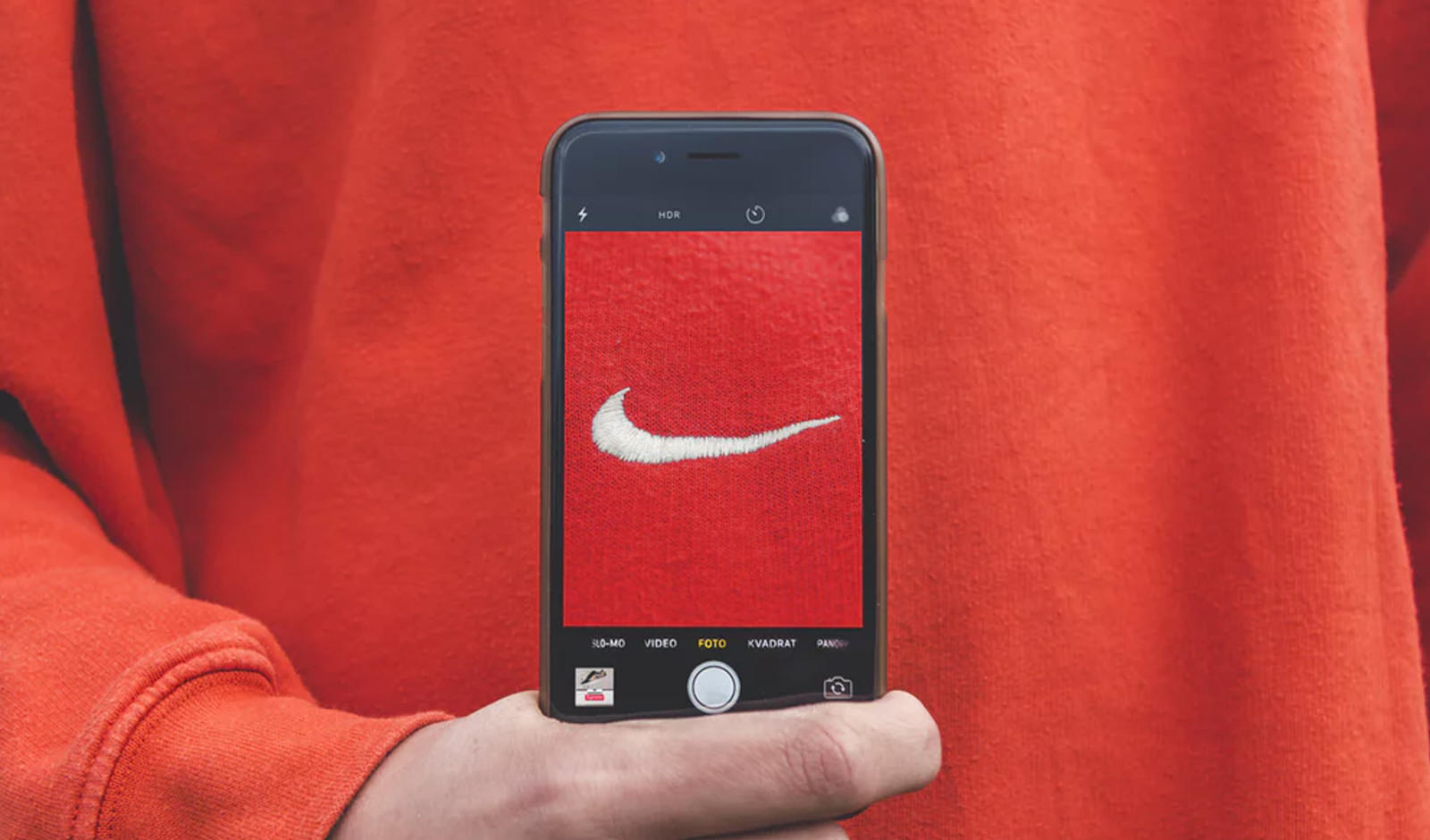
How to make a stand-out brand
Making a killer brand isn’t a simple as it seems. A brand is a really the sum of it’s parts, so it’s important that each aspect of a brand is treated with care, integrity and thoughtfulness.
Though there are so many facets of a brand, we’re going to focus on three key elements which, once optimised, can really make an impact. We’ll look at:
- Having a strong brand personality
- Bringing it all together visually
- Creating a great customer experience
How to define your brand personality
Just like humans, brands must have a personality to be appealing. Think about the people you love and the attributes that make up their personality. More than likely, words such as funny, generous, strong, smart, witty, reliable and sassy could be used to describe them.
Successful brands have distinct and recognisable personality that drives their marketing strategies and client interactions.
How to discover your brand personality
Write down five words that clarify the appeal of your brand. Consider the following points:
- What do you offer consumers and how is it delivered?
- How do you communicate with customers? What language do you use?
- What do customers value about your business? What do you value about it?
- What is your point of difference from competitors? Maybe it’s quality, ethics, fast shipping, or personalised service.
The answers will help reveal the qualities of your brand’s personality. Make sure these traits are present in all your marketing and remember that different elements can be emphasised to varying degrees.
For example if your brand personality is honest, reliable, authentic and spirited, your communications should be specialised according to your target audience:
- If you are creating an online banner, amp up the spirited and authentic elements
- If you are emailing your financial planners, dial up the honest and reliable elements
Bringing it all together visually
Designing a distinctive visual look is what will set you apart from the crowd, bringing your company’s character to life through colour, imagery, fonts and more. Design is a silent language, and can often has as much impact as the copy you write, so when planning your brand design, always make sure it marries back to your brand personality.
Logo
Plain and simple, your logo needs to reflect your character traits and appeal to your target market. You may have several variations of a logo such as stacked versions, horizontal versions and icons. Try to stick to under two-three colours to make it a memorable palette, and pick fonts that are legible at both small and large sizes.
Colour Palette
What colours are in your logo? These become your primary colours. In addition to these, pick two or so complimentary colours that work well with your primary colours. Your colour palette is what brings together your identity in the absence of your logo.
Typefaces
Pick two-three fonts for your brand identity. Think about which fonts will be used for headings, pull quotes and paragraph text. Aim to make these as similar as possible from one application to the next. Fonts themselves have particular visual personalities, so try for fonts that match your character traits.
Style Guide
A style guide is your go-to for maintaining visual brand consistency. This document is essential when outsourcing work to professionals such as designers, developers and advertisers to let them know exactly how your visual elements all work together.
Stick to the K.I.S. (Keep it Simple) Principle
When it comes to design, less is (almost always) more. Always look for creating the perfect balance of white space, text and imagery so it’s easily legible, enthralling and visually stimulating – aka – ‘just right.’
Creating a great customer experience
The way you communicate and interact with your target market does not go unnoticed. Everything you project – be it through tone of voice, social media messaging, advertising, content selection and packaging – has an effect on your relationship with your consumer.
Develop your brand’s tone of voice
A tone of voice is not what you say, but how you say it; it’s another expression of your brand’s personality and values. People often make critical judgement upon their first experience to tone of voice, so be sure to make it appealing. Not only the words you choose, but also the rhythm, order and pace are influential to your overall tone of voice.
Your chosen style should be distinctive, unique and recognisable — and remember, keep it consistent across all applications.
Keep it consistent on social media
Social media is one the most powerful tools available to businesses great and small. It is the ultimate platform to communicate with your clientele on a more personal basis, so keep your communication style consistent and aligned to your brand values.
Packaging speaks volumes
Packaging can really be a driving force in setting yourself apart from your competitors. For example; Apple is known for its clean and minimalist packaging, which reflects their simple and clean product designs – and it’s always pretty exciting opening those sleek, futuristic boxes!
Poor packaging can also have a dramatic effect. Australia’s recently-introduced plain packaging law for cigarettes has resulted in the largest decline in smoking the nation has seen in 20 years. This law rejects the use of any visual marketing material, which blocks the brand’s ability to convert new customers and also reduces its previous appeal. When designing your packaging, keep these things in mind:
- Design for your target market – what would excite them? Try to think outside what already exists
- Make the packaging part of the experience, not just a necessary step in accessing yoru product
- Consider eco-friendly options as a point of difference
Need a brand revamp? We’d love to help! Get in touch via hello@lemontreemarketing.com.au today
